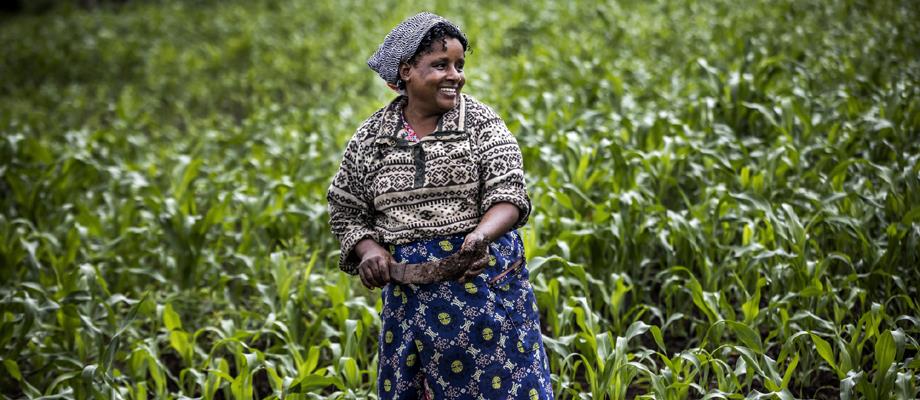Conservation agriculture in Kenya: Helping women farmers reach markets — sustainably
In Kenya, FAO and the European Union are supporting small-scale women farmers to grow more food and earn more from their crops by adopting conservation agriculture (CA), and by linking the farmers to markets.

© FAO / Luis Tato
Forty-eight-year-old Lucy Kigunda is a member of the Ithondio women’s group in Imenti North, Meru County, in the central region of Kenya. She has recently started planting sorghum, a grass species cultivated for its grain – used for consumption, animal feed and ethanol production. The stems can be used as building material and its leaves for animal fodder.
Although many farmers are still reliant on maize, Kenya’s leading cash crop, maize production has been dropping due to more frequent droughts, and an increasing number of farmers are seeing the benefits of growing other crops such as sorghum.
“Before we started planting, we put in practice what we learnt. It is important to rotate the crops and to keep some of the crop residues on the soil to retain the moisture and protect the soil. These new ways of working our land have improved our farming, and we now have a much better harvest,” says Lucy.
FAO is also training the women farmers to have better access to information and markets so that they can sell their crops for a better price and become more self-sufficient.
